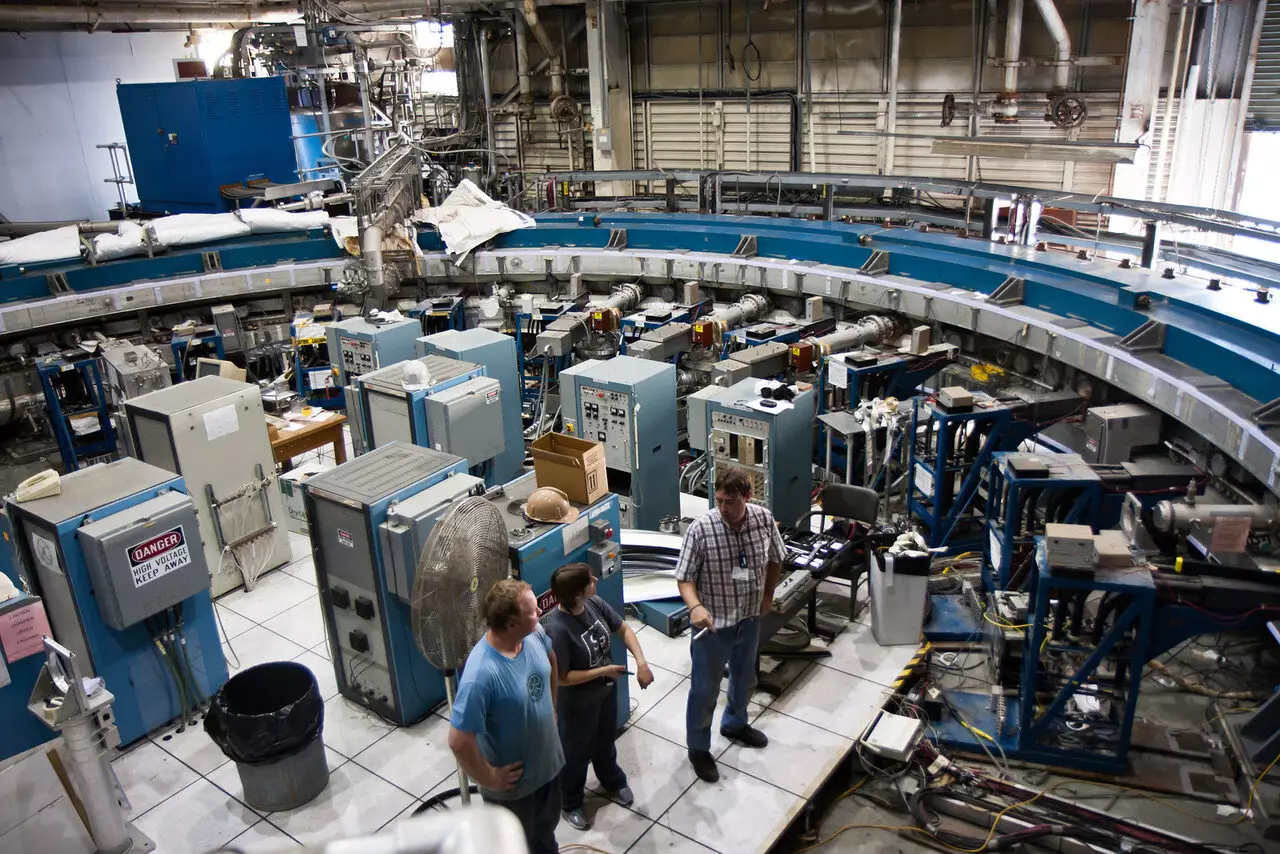In the realm of particle physics, understanding the properties of subatomic particles like the muon is pivotal. Recently, scientists from the Muon g-2 Collaboration achieved a groundbreaking feat by measuring the magnetic moment of muons with remarkable accuracy, setting a new standard for precision in this field of study. This article delves into the significance of these findings, the methodologies employed, and the broader implications for our understanding of fundamental physics.
Muons are fascinating particles, heavier cousins of electrons, with a mass approximately 207 times that of an electron. Despite their differences in mass, muons possess identical electric charges and spin characteristics. This duality offers a unique perspective on the fundamental principles that govern particle interactions. Physicist Isidor Isaac Rabi famously exclaimed, “Who ordered that?” upon discovering the muon in 1936, highlighting the element of surprise inherent in particle physics.
The muon’s behavior becomes particularly interesting when we investigate phenomena such as the magnetic moment. This property is crucial as it relates to how particles respond to external magnetic fields and can yield insights into the underlying physics governing their interactions. The understanding of muons is not just about curiosity; it also serves as a bridge to explore theories beyond the established Standard Model of particle physics.
The recent measurement by the Muon g-2 Collaboration at Fermilab underscores the advancements in experimental physics. Utilizing a particle storage ring, physicists accelerated muons to speeds nearing that of light while exposing them to a magnetic field 30,000 times stronger than Earth’s. This sophisticated setup allowed scientists to observe the precession of muons—essentially how they spin around their own axes—when influenced by the magnetic moment in conjunction with the external field.
The crux of their achievement lies in determining the muon’s “anomalous magnetic moment” with a precision of 0.2 parts per million, a significant enhancement compared to previous measurements. The data collected over a span of years has been pivotal in refining our understanding of muonic behavior. As part of a long history of experiments dating back to the initial studies at Brookhaven National Laboratory in 2006, the results from Fermilab not only build upon previous work but also incorporate greater statistical rigor, significantly enhancing precision.
The investigation into muon’s magnetic moment is not purely experimental; it intertwines deeply with theoretical physics. The predicted values stem from Quantum Electrodynamics (QED), which employs complex calculations involving Feynman diagrams. The precision achieved with the muon measurement aims to provide a comparative backdrop to existing theoretical predictions, searching for discrepancies that could point to new physics beyond the Standard Model.
Determining magnetic moments represents a pinnacle of scientific achievement, with the electron’s magnetic moment benchmarked to an extraordinary accuracy of one part in 10 trillion. In contrast, the difficulty of extending such precision to the muon arises from its greater mass and the complexities surrounding its interactions. While QED provides the foundational framework, other factors, like contributions from electroweak interactions and hadronic effects, complicate predictions for muons.
Despite the remarkable precision established, the Muon g-2 Collaboration acknowledges that discrepancies with theoretical predictions remain unexamined. The limitations in calculating hadronic contributions—effects linked to strong force interactions—underscore ongoing challenges in theoretical physics. These contributions are famously difficult to predict accurately, as they depend on the quantum behavior of particles during interactions.
The collaboration anticipates that further analysis of forthcoming data will shed light on these uncertainties. They expect that additional data collected in the coming years may refine the measurement even further, potentially revealing additional deviations from the established theoretical constructs. Such developments could open avenues for exploring new frameworks in particle physics, including theories like supersymmetry and string theory, which strive to address gaps left by the Standard Model.
The recent advancements in measuring the muon’s magnetic moment herald a new era in particle physics, underscoring the need for continuous exploration and a rigorous quest for understanding. The integration of sophisticated experimental techniques with complex theoretical frameworks exemplifies the collaborative nature of modern physics. As scientists sift through the data and integrate fresh insights, the enigmatic world of muons may guide us toward a deeper comprehension of the universe’s fundamental laws, potentially reshaping our grasp of particle interactions and the fabric of reality itself. The pursuit of knowledge continues, inviting us to wonder about the secrets yet to be unveiled.

